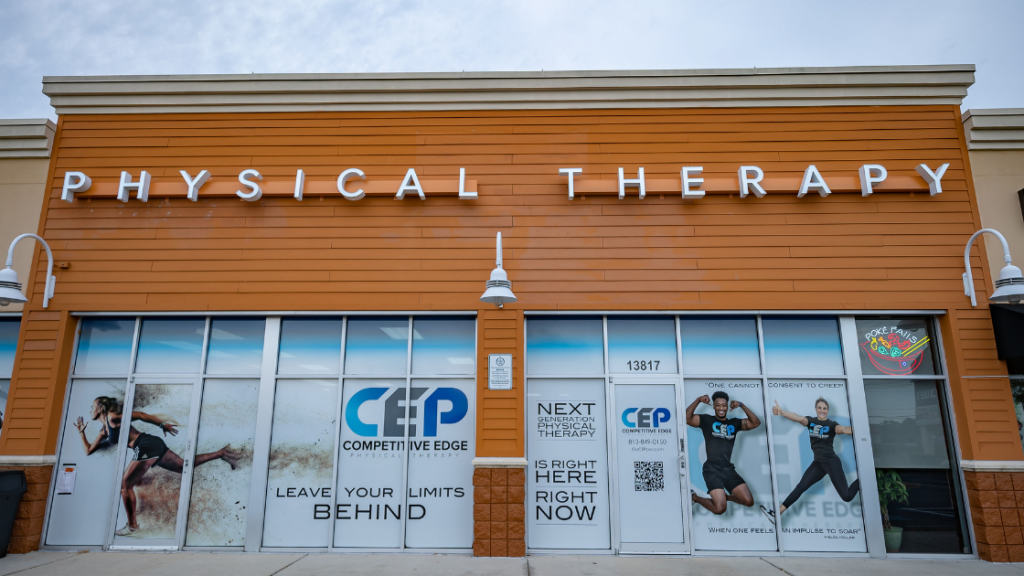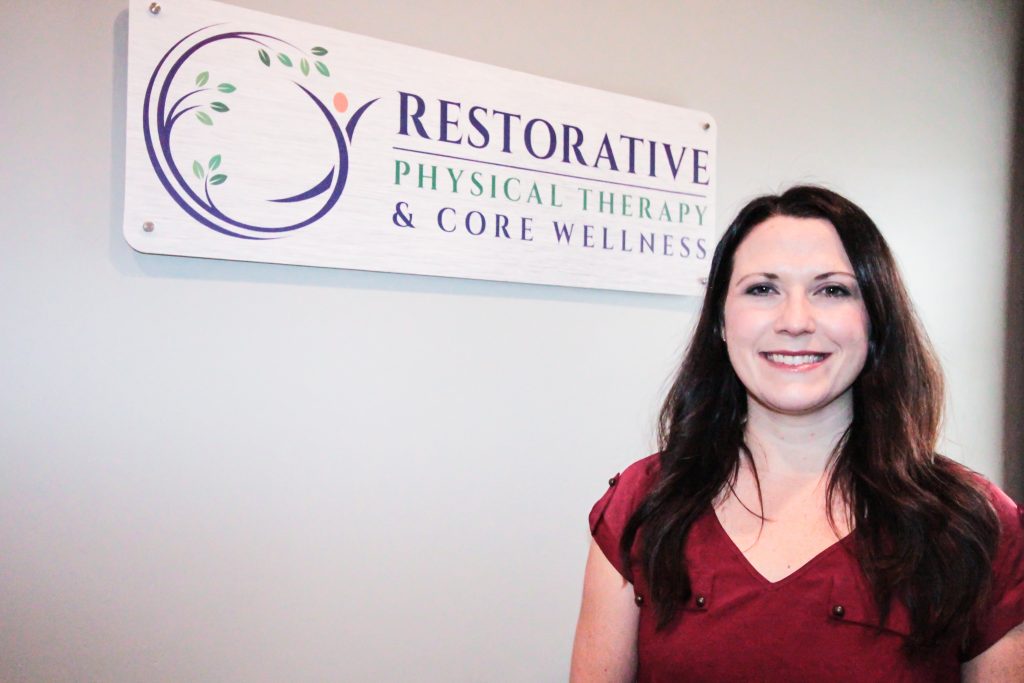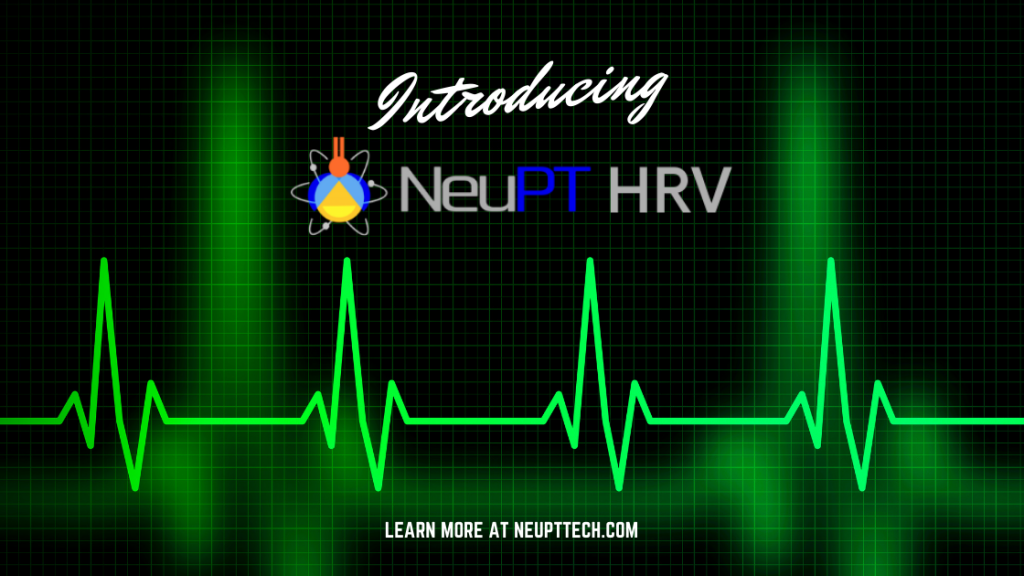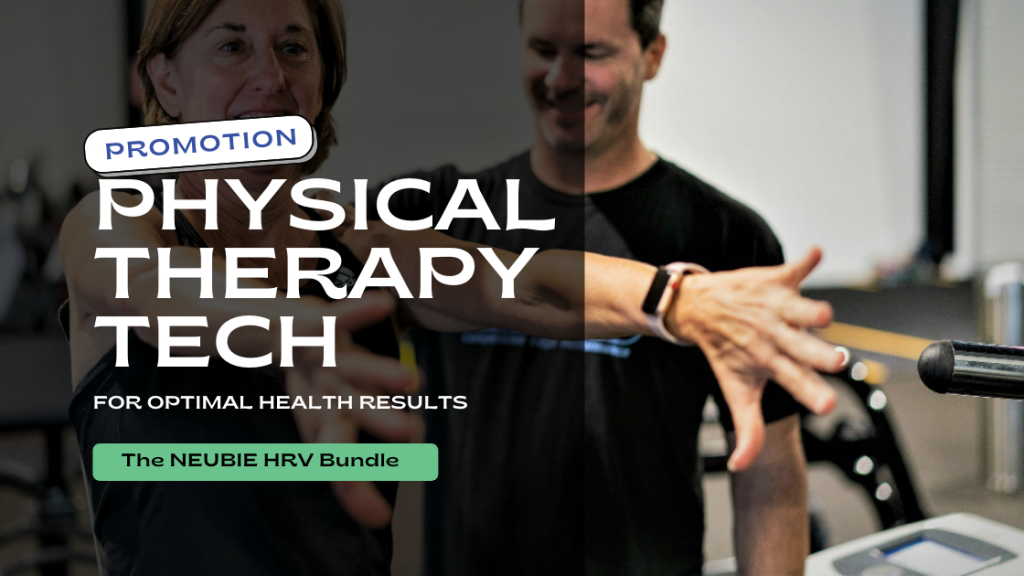
Heart Rate Variability (HRV) Assessment For Your Physical Therapy Practice
Assessing heart rate variability (HRV) is a versatile and powerful way to improve your physical therapy practice. There is a growing body of evidence and research showing that heart rate variability is a useful measure of autonomic nervous system functioning.
As a physical therapy owner considering the top physical therapy technology solutions to incorporate into your practice, building heart rate variability assessment therapy into your optimal health services not only benefits patients, but it helps to grow your business, too.
“For my practice in Tampa, FL we kind of accidentally stumbled upon the effects technology such as the NEUBIE and PEMF were having on my patients’ HRV. We started cross referencing that with the research that was out there on HRV and the autonomic nervous system and saw an opportunity to build evidence based on treatment protocols around the tech.”
-Jason Waz, Founder of NeuPTtech
What Is Heart Rate Variability?
Like many bodily functions, heart rate is under the control of the autonomic nervous system. Each time the heart beats, electrical activity in a bundle of cells called the SA node signals heart tissue to contract. Although heart rate may seem regular, autonomic nervous system activity can speed up or slow down heart rate over time.
The autonomic nervous system is divided into two branches: sympathetic and parasympathetic.
The sympathetic nervous system controls the body’s “fight or flight” response. So, when you’re facing a threat, the sympathetic nervous system tells your heart to speed up and beat faster. In contrast, the parasympathetic nervous system (or “rest and digest” system) slows your heart rate down when you’re relaxed.
Heart rate variability is just what it sounds like — a measurement of how variable your heart rate is. It’s calculated by measuring the time between each beat of the heart.
If a person’s autonomic nervous system is healthy, it should easily and flexibly switch between speeding up and slowing down the heart rate. That leads to a higher HRV. On the other hand, someone who is perpetually in a state of stress and anxiety has a low HRV — they’re stuck in a faster, “fight or flight” heart rate.
How Heart Rate Variability Assessment Therapy Works
Heart rate variability therapy is a form of biofeedback.
HRV assessment works by giving a person individualized feedback about their HRV in a given moment. By practicing deep breathing and other exercises, the person can see how various activities affect heart rate variability. Heart rate variability typically improves with cardiovascular exercise. It gets worse when a person is stressed, not sleeping or in pain. Using HRV as an objective measure of autonomic nervous system functioning is a powerful tool for patients to understand their own health.
“At NeuPTtech, we tell all of our affiliate practices that they have the tools, like the NEUBIE, that have been shown to positively affect the autonomic nervous system. We highly recommend that they add a system of measuring HRV pre and post-treatment to provide further evidence to the benefits of a treatment.”
-Jason Waz, Founder of NeuPTtech
Adding HRV Therapy to Your Physical Therapy Practice
Wondering how to incorporate HRV therapy for physical therapy patients as part of your optimal health services?
There are several ways that assessing autonomic nervous system functioning can help your patients reach their goals:
- Help patients learn the link between stress, sleep, pain, mood and injury. HRV therapy helps patients understand how their body responds to certain triggers. This might include learning relaxation exercises to improve HRV.
- Identify overuse injuries before they happen. Overuse injuries often happen when the body is in an inflammatory state. Research shows that inflammation is tied to increased sympathetic nervous system functioning and lower HRV.
- Predict training response. Some research suggests that HRV is useful for tailoring treatments to patients. For example, people with high HRV may respond better to higher intensity training, whereas those with low HRV may do better with a high volume but low intensity approach.
Heart Rate Variability (HRV) Assessment Helps Your Patients and Your Business
HRV assessment is a state-of-the-art approach with a lot of ongoing research investigating its applications. Using HRV therapy or other biofeedback techniques can be a major differentiator between you and your competitors.
Physical therapy patients want objective measurements that help them make progress. This makes HRV therapy for physical therapy an asset to your practice. To learn more about how you can bring this important therapy to your patients, contact NeuPTtech today and receive a free HRV sample report and a special discount for a limited time!


 Previous Post
Previous Post Next Post
Next Post

